Changes to Form W-4: What Employers Need to Know
If you haven’t paid much attention to Form W-4 (the Employee Withholding Certificate), take a closer look at the 2020 version. It’s designed both to be more accurate and to reflect changes from the 2017 Tax Cuts and Jobs Act (TCJA). For instance, the new form eliminated the line where employees enter the number of allowances because it was tied to personal exemptions, which the TCJA suspended.
Who uses it
New hires as of January 1, 2020, or later need to complete the updated form. Employees who want to change the amounts they’re having withheld for payrolls dated January 1, 2020, or later also need to use the new form. New employees who don’t provide Forms W-4 will be treated as single filers with no adjustments.
As the employer, you can continue to use the allowance information previously submitted by employees. You also can ask employees to provide new forms, using the redesigned version. However, they don’t have to comply with your request.
How to complete it
Employees using the new form need to complete the following steps, if applicable:
Step 1. This step, which all employees must complete, requires personal information, such as name and filing status.
Step 2. This applies to employees who hold more than one job — or have a spouse who also works. As has always been the case, tax rates rise with income levels. Step 2 helps to account for that fact in employees’ withholding amounts.
If both an employee and his or her spouse work and earn roughly the same amount, each can check box 2(c) on each of their forms. If their salaries differ significantly, they might want to use the Multiple Jobs Worksheet instead of checking box 2(c).
To calculate the amounts to be withheld due to multiple jobs, employees can use the online Tax Withholding Estimator at www.irs.gov/W4app or the Multiple Jobs Worksheet. Generally, employees will want to enter this information on the W-4 for their highest paying job.
Step 3. This step allows employees to claim dependents.
Step 4. This step, which is optional, allows for adjustments due to other nonwage income, other deductions or any extra withholding.
Step 5. This is where all employees must sign the form. If employees only complete Steps 1 and 5, their withholding will be calculated based on the standard deduction for their filing status and tax rates.
Learn more
The changes to Form W-4 are intended to increase accuracy and simplicity. Initially, though, the ins and outs can be confusing. Your accounting professional can provide additional guidance.
This material is generic in nature. Before relying on the material in any important matter, users should note date of publication and carefully evaluate its accuracy, currency, completeness, and relevance for their purposes, and should obtain any appropriate professional advice relevant to their particular circumstances.
Share Post:




